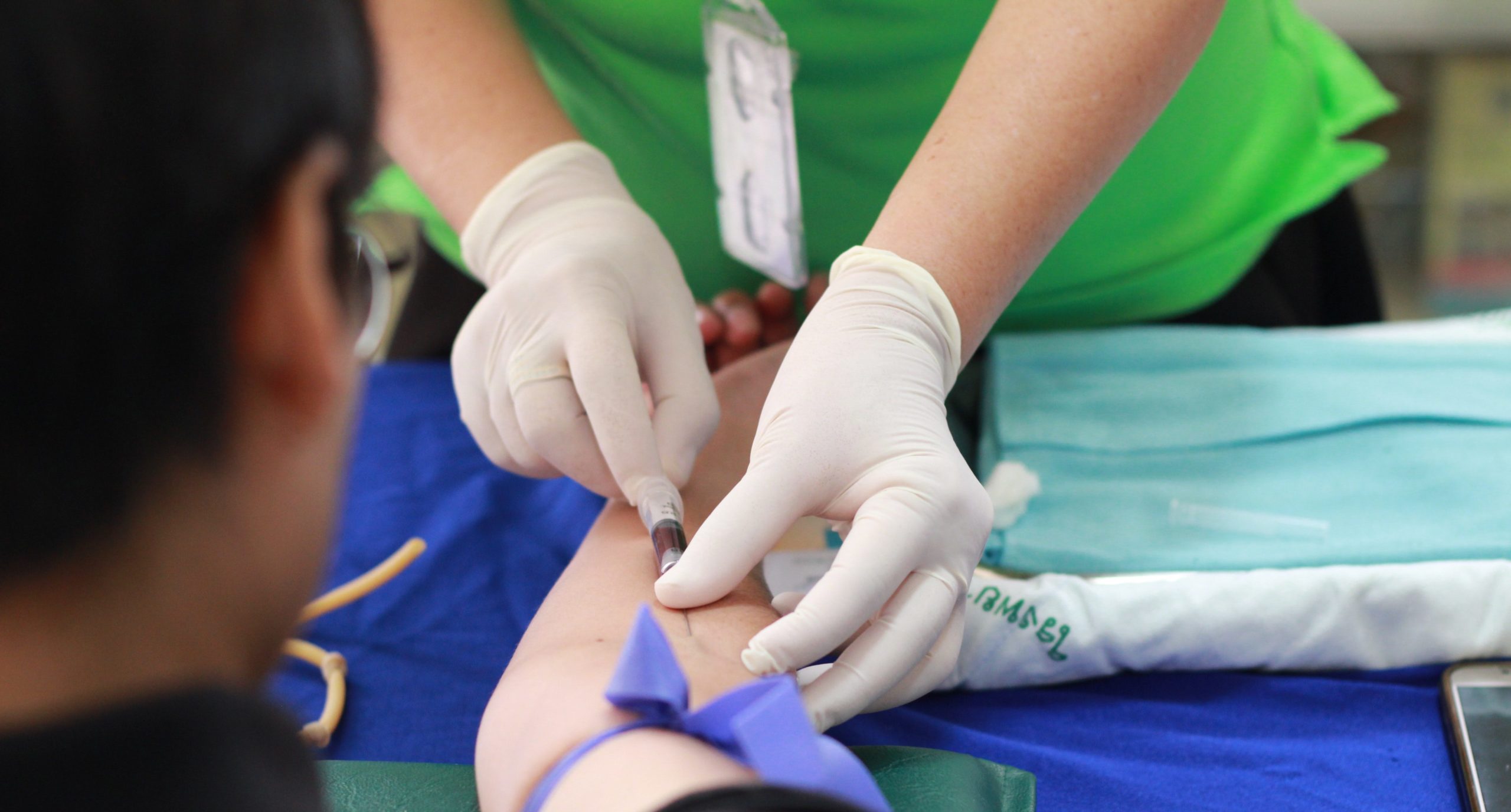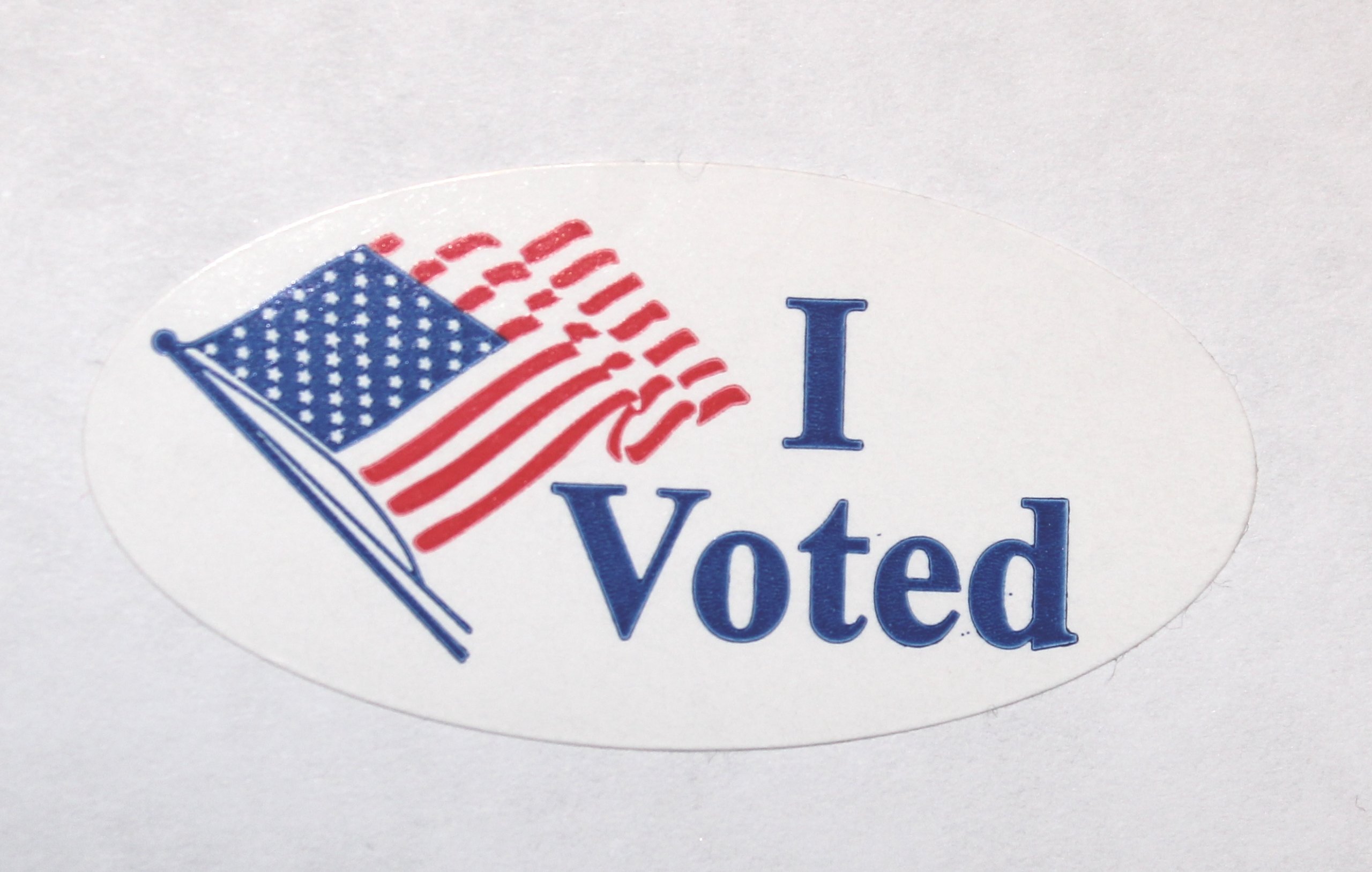
By Arcadia Unified School District Digital Communications Intern Sofia Nagy
Visually impaired students at Longley Way Elementary School (Longley Way) are given the opportunity to apply their unique learning styles and abilities in the classroom. Longley Way’s Megan Robinson, special education teacher for the visually impaired, makes it possible for her students to develop their strengths, helping them learn and discover school material in their own way.
“This class consists of low-vision students (i.e. students whose acuities measure 20/200 or worse) and non-sighted students (blind), and they range between the first and the fifth grade of school,” explained Robinson.
“The Arcadia program [for the visually impaired] in elementary school goes at least back to [the year] 1956 and originally started in Bonita Park Elementary School,” said Robinson, who learned about the program’s robust history from her predecessor Betsy Belknap.
A normal school day for a student in the program begins with lessons on language arts and math early in the morning. Later into the day, students interact with their sighted peers socially and academically through other school subjects, such as health and social studies.
The methods of teaching are different from the methods used in a typical class setting. “Different adaptations are made for each student,” explained Robinson. “For non-sighted students, adaptations include transcribing print to braille, using tactile models and using tactile graphics in place of pictures. For low vision students, adaptations include using larger print.” There are a few general adaptations that are used as a base and apply to all of the students.

Some resources used during lessons are tactile maps, the Perkins Brailler, or a “braille typewriter,” magnifying glasses for reading, accessible technology such as computers with screen readers or a refreshable braille display, and real-life objects for students to explore with hands-on activities.
Primarily, the main method of perception used is touch, such as using literary braille to write and Nemeth braille for math; however, some students also like learning via auditory input, usually by listening to audio-books.
No matter which method each student favors, there is always one common base that Robinson keeps in mind. “Using objects and experiences [students] can identify with is essential. I always try to use what they are familiar with to explain the non-familiar,” Robinson said.
By sharing knowledge of these learning strategies with her students, Robinson’s main focus is to increase their confidence and self-advocacy by the end of the school year. Robinson hopes to lay a lasting foundation from which her students can benefit far beyond their time in her class. “I would like my students to be among the 45 percent of visually impaired people who are employed in the United States,” she expressed.
“My students—and all visually impaired individuals—are capable to be just as successful as their sighted peers,” shared Robinson. “With provided material and the support they need, there is absolutely nothing they cannot achieve.”






